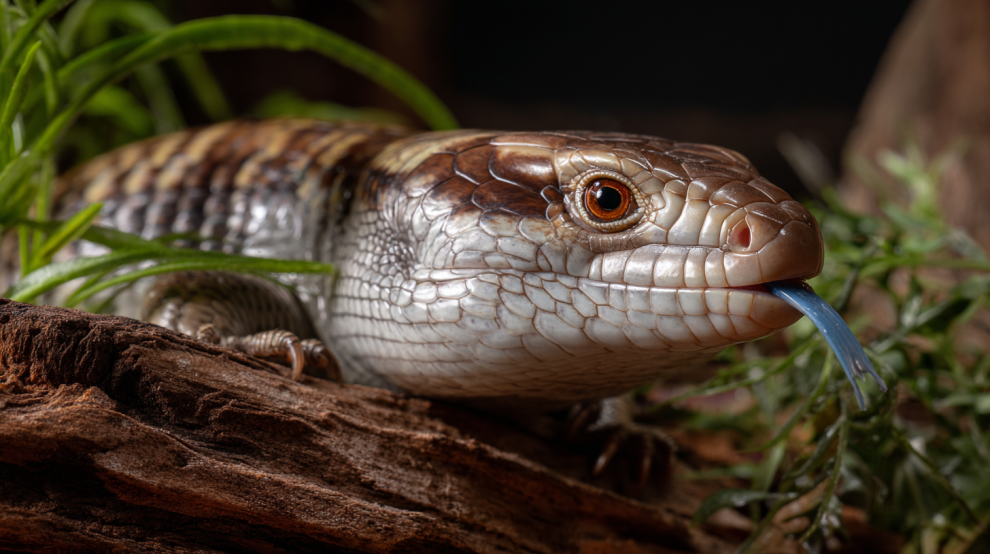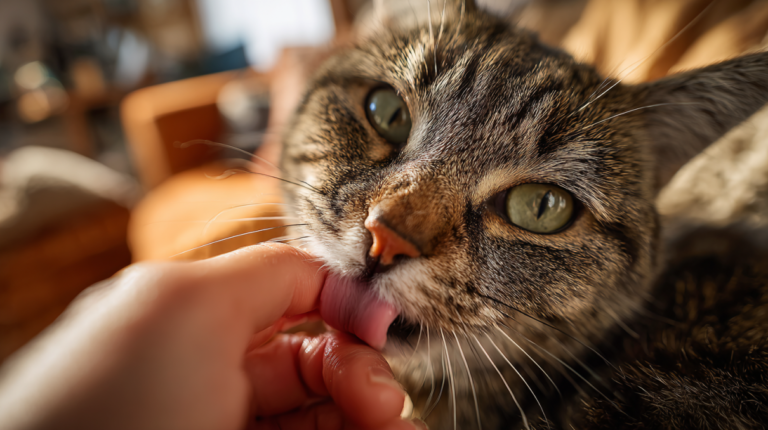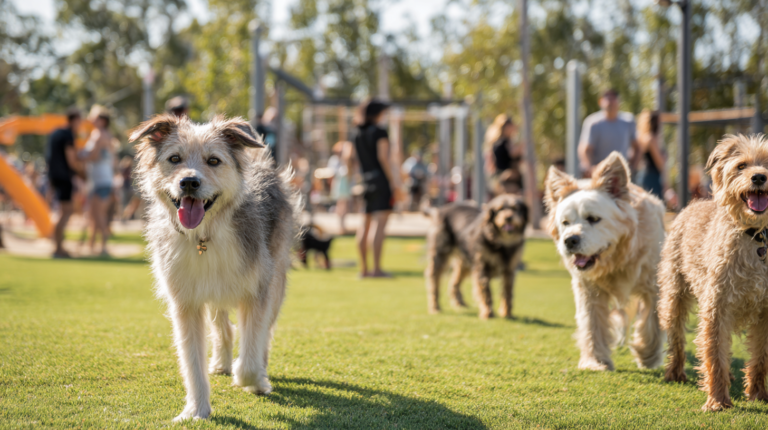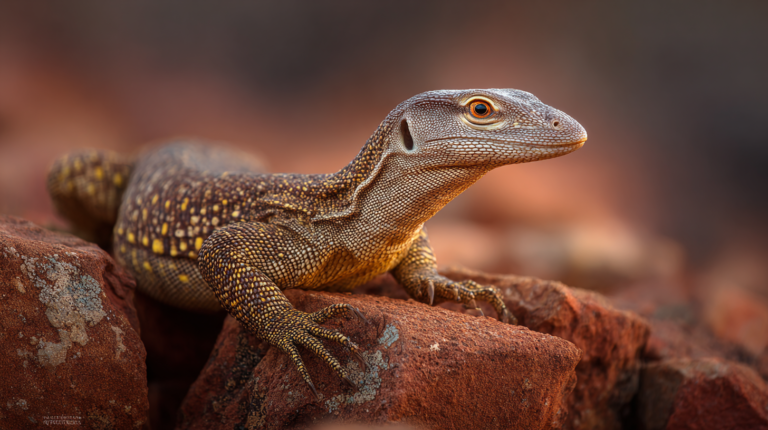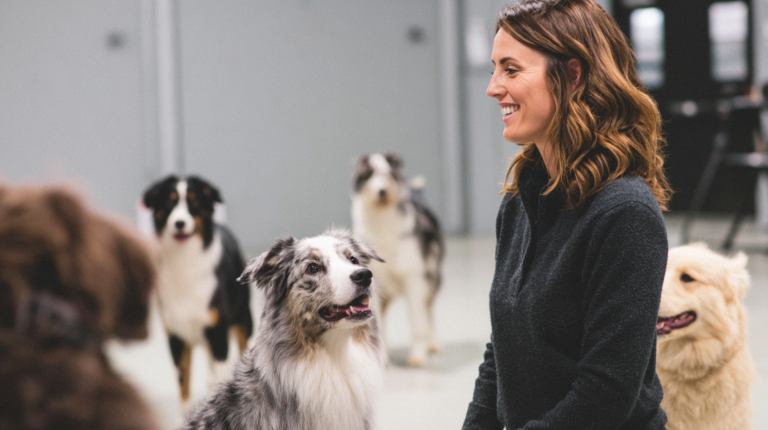Discover expert secrets to buy blue tongue skink reptiles safely. Complete 2025 guide with care tips, pricing, and perfect setup advice for new reptile owners.
Table of Contents
Did you know that blue tongue skinks are among the most docile and interactive reptiles you can own, with some living over 30 years in captivity? If you’re considering adding one of these fascinating Australian natives to your family, you’re about to embark on an incredibly rewarding journey. When you buy blue tongue skink reptiles, you’re not just purchasing a pet – you’re welcoming a intelligent, curious companion that will recognize your voice and even enjoy gentle handling.
Living in Arizona for the past eight years, I’ve had the privilege of caring for my Northern Blue Tongue Skink, “Cobalt,” whom I rescued from a local reptile enthusiast who could no longer provide proper care. Watching Cobalt’s personality develop from a shy hatchling to a confident, interactive adult taught me invaluable lessons about these remarkable creatures that I wish I’d known before my first purchase.
This comprehensive guide reveals five ultimate secrets that will transform your blue tongue skink buying experience from overwhelming to extraordinary. Whether you’re a first-time reptile owner or expanding your collection, these insider tips will save you hundreds of dollars, prevent common health issues, and ensure you bring home the perfect scaly companion.
Understanding Blue Tongue Skink Species and Subspecies
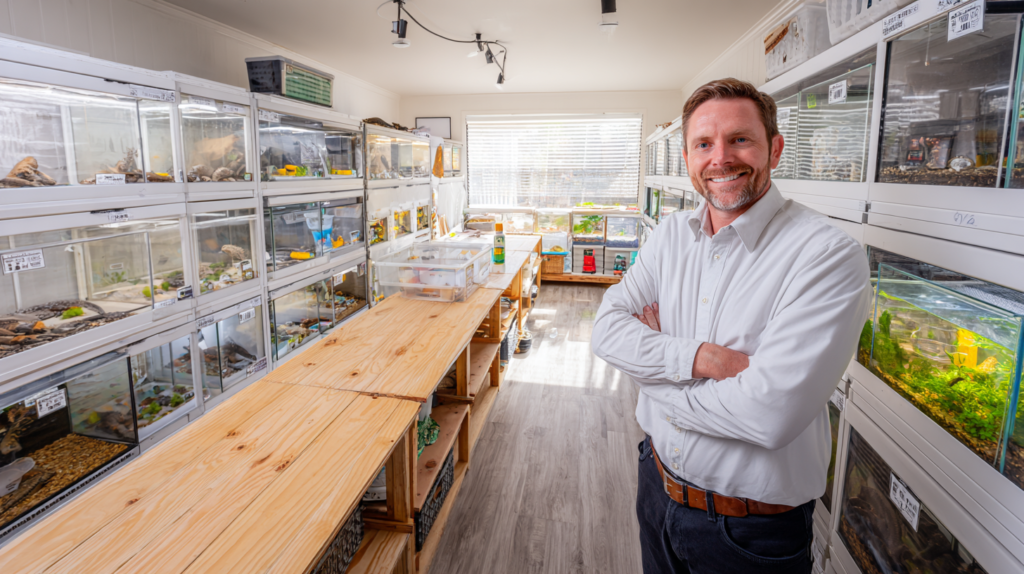
The Foundation of Smart Purchasing
Before you buy blue tongue skink reptiles, understanding the different species available is crucial for making an informed decision. Blue tongue skinks belong to the genus Tiliqua, with several species commonly available in the pet trade, each with unique characteristics, care requirements, and price points.
Northern Blue Tongue Skink (Tiliqua scincoides intermedia)
- Size: 18-24 inches
- Temperament: Extremely docile and handleable
- Price Range: $200-$400
- Best For: Beginners and families with children
- Special Considerations: Most cold-tolerant subspecies
Eastern Blue Tongue Skink (Tiliqua scincoides scincoides)
- Size: 12-15 inches
- Temperament: More skittish initially but bonds well
- Price Range: $300-$500
- Best For: Experienced keepers seeking smaller specimens
- Special Considerations: Requires higher humidity levels
Indonesian Blue Tongue Skink (Tiliqua gigas)
- Size: 15-20 inches
- Temperament: Generally calm with proper socialization
- Price Range: $150-$300
- Best For: Intermediate keepers
- Special Considerations: Higher temperature requirements
Morphs and Color Variations
The reptile breeding community has developed stunning morphs that command premium prices:
- Albino Morphs: $800-$1,500
- High-Contrast Patterns: $400-$700
- Melanistic (Dark) Varieties: $300-$600
Expert Tip: While morphs are beautiful, focus on health and temperament over appearance for your first skink. A healthy, well-socialized normal-colored skink makes a better pet than a stunning but problematic morph.
Identifying Reputable Breeders vs. Red Flag Sellers
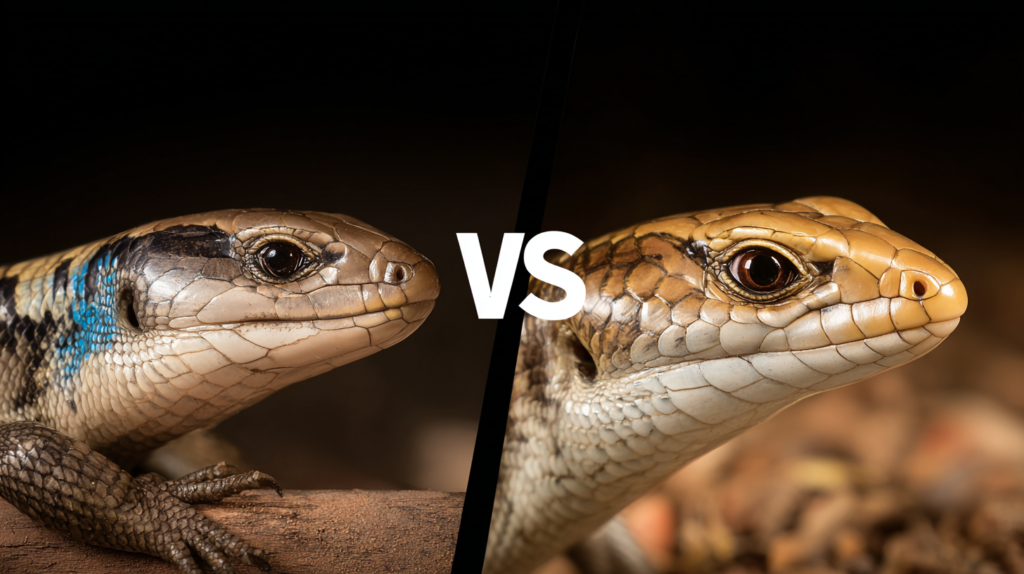
The Breeder Evaluation Checklist
When you’re ready to buy blue tongue skink reptiles, the source matters tremendously. Reputable breeders invest years developing healthy bloodlines and proper husbandry practices, while problematic sellers prioritize quick profits over animal welfare.
Green Flag Indicators:
- Breeding Records: Maintains detailed lineage and health records
- Facility Tours: Welcomes visits to see breeding setup
- Health Guarantees: Offers 7-14 day health guarantees
- Knowledge Testing: Asks YOU questions about your setup and experience
- References: Provides previous customer contacts
- Veterinary Relationships: Works with exotic veterinarians
Red Flag Warning Signs:
- Rushed Sales: Pressures immediate purchase decisions
- No Health Records: Cannot provide breeding or medical history
- Poor Communication: Unresponsive to detailed questions
- Unrealistic Prices: Significantly below market value
- Multiple Species: Sells dozens of different reptile species
- No Setup Advice: Doesn’t discuss proper care requirements
Breeder Questions to Ask
Before committing to purchase, ask these critical questions:
- “What are the parents’ ages and breeding history?”
- “Has this animal been examined by an exotic veterinarian?”
- “What specific foods has this skink been eating?”
- “Can you provide references from previous customers?”
- “What health guarantee do you offer?”
- “Will you take the animal back if I can’t care for it?”
Real-World Case Study: Sarah from Denver purchased her first blue tongue skink from a breeder who couldn’t answer basic questions about the animal’s diet. Within two weeks, the skink developed metabolic bone disease, resulting in $800 in veterinary bills and lifelong health complications that could have been prevented with proper breeding practices.
Pre-Purchase Health Assessment Techniques
Visual Health Inspection Guide
When you buy blue tongue skink, conducting a thorough health assessment prevents costly veterinary bills and heartbreak. Even reputable breeders can miss subtle health issues, making your evaluation skills crucial.
Eyes and Head:
- Healthy Signs: Bright, clear eyes without discharge
- Warning Signs: Sunken eyes, milky discharge, retained shed around eyelids
- Action Required: Sunken eyes often indicate dehydration or parasites
Body Condition:
- Healthy Signs: Plump tail, visible muscle tone, smooth scales
- Warning Signs: Thin tail, visible ribs, loose skin
- Critical Assessment: Gently feel along the spine – you shouldn’t feel prominent vertebrae
Behavior Patterns:
- Healthy Signs: Alert responsiveness, steady movement, tongue flicking
- Warning Signs: Lethargic behavior, mouth breathing, trembling
- Interaction Test: Healthy skinks should react to gentle handling without extreme stress
The “24-Hour Rule”
Professional reptile keepers follow this practice: request a 24-hour observation period before finalizing purchase. Reputable breeders accommodate this request, understanding that stressed animals may not display symptoms during brief encounters.
During Your Observation Window:
- Monitor feeding response
- Watch for normal elimination
- Assess activity levels throughout day/night cycle
- Document any concerning behaviors
Health Assessment Checklist
| Body Part/System | Healthy Indicators | Warning Signs | Action Required |
|---|---|---|---|
| Eyes | Clear, bright, alert | Sunken, discharge, retained shed | Veterinary exam within 48 hours |
| Mouth | Pink gums, clean teeth | Yellow discharge, swelling | Immediate veterinary attention |
| Body Weight | Plump tail, good muscle tone | Visible ribs, thin tail | Nutritional assessment needed |
| Scales | Smooth, intact, proper shed | Stuck shed, mites, wounds | Husbandry evaluation required |
| Behavior | Active, curious, responsive | Lethargic, hiding, aggressive | Stress or illness evaluation |
| Appetite | Eager feeding response | Food refusal, difficulty swallowing | Medical examination essential |
Perfect Setup Preparation Before Purchase
The Pre-Purchase Setup Strategy
Many new owners make the critical mistake of purchasing their skink before properly preparing the habitat. When you buy blue tongue skink reptiles, having a fully functional, tested setup prevents stress-related health issues and ensures a smooth transition to their new home.
Essential Equipment Checklist:
Enclosure Specifications:
- Minimum Size: 4x2x2 feet for adults (120-gallon equivalent)
- Material: PVC, melamine, or high-quality glass terrariums
- Ventilation: Screen top with partial coverage for humidity retention
- Security: Secure, locking lid system
Heating and Lighting Systems:
- Basking Spot: 95-100°F surface temperature
- Cool Side: 75-80°F ambient temperature
- Night Temperatures: 70-75°F
- UVB Lighting: 10-12% UVB fluorescent or LED strips
- Photoperiod: 12-14 hours daily light cycle
Substrate and Furnishing:
- Substrate Depth: 4-6 inches for burrowing
- Safe Options: Cypress mulch, aspen shavings, or bioactive soil mix
- Hide Boxes: Minimum two hides (warm and cool sides)
- Water Dish: Large enough for soaking, shallow enough to prevent drowning
- Enrichment: Branches, rocks, artificial plants for exploration
The 30-Day Pre-Purchase Timeline
Week 1: Equipment Acquisition
- Purchase and assemble enclosure
- Install heating and lighting systems
- Add substrate and furnishings
- Begin cycling bioactive elements (if applicable)
Week 2: System Testing
- Monitor temperatures for 7 consecutive days
- Test humidity levels and adjustment methods
- Ensure all electrical systems function properly
- Document temperature gradients throughout enclosure
Week 3: Fine-Tuning
- Adjust heating elements for consistent temperatures
- Modify ventilation for optimal humidity
- Add or remove furnishings for proper space utilization
- Practice maintenance routines
Week 4: Final Preparations
- Stock appropriate food supplies
- Establish relationship with exotic veterinarian
- Create emergency contact list
- Schedule skink pickup or delivery
For more expert pet care tips and product recommendations, visit BlithePet.com — your trusted source for pet wellness.
Negotiation Strategies and Hidden Costs
Understanding True Ownership Costs
When you decide to buy blue tongue skink reptiles, the purchase price represents only a fraction of total ownership costs. Smart buyers calculate lifetime expenses before committing to purchase, preventing financial surprises that could compromise their pet’s care.
Initial Setup Investment:
- Enclosure: $300-$800
- Heating/Lighting: $200-$400
- Substrate/Furnishings: $100-$200
- Initial Veterinary Exam: $150-$300
- Emergency Fund: $500-$1,000
Annual Operating Costs:
- Food: $200-$400
- Substrate Replacement: $100-$150
- Electrical Costs: $150-$250
- Routine Veterinary Care: $200-$400
- Equipment Maintenance/Replacement: $100-$200
Professional Negotiation Techniques
Bulk Purchase Discounts: When purchasing multiple items from the same breeder (animal + supplies), request package pricing. Many breeders offer 5-15% discounts for comprehensive purchases.
Seasonal Pricing Strategies:
- Best Prices: September-November (post-breeding season)
- Highest Prices: March-May (peak buying season)
- Holiday Considerations: Avoid purchasing during holidays when support may be limited
Value-Added Negotiations: Instead of focusing solely on price reduction, negotiate for:
- Extended health guarantees
- Startup supply packages
- Free initial veterinary consultation
- Ongoing breeder support and consultation
Blue Tongue Skink Species Comparison
| Species | Adult Size | Temperature Range | Humidity Level | Beginner Friendly | Average Price | Special Requirements |
|---|---|---|---|---|---|---|
| Northern BTS | 18-24 inches | 75-100°F | 40-60% | Excellent | $200-$400 | Cold tolerance, larger enclosure |
| Eastern BTS | 12-15 inches | 78-95°F | 50-70% | Good | $300-$500 | Higher humidity needs |
| Indonesian BTS | 15-20 inches | 80-100°F | 60-80% | Moderate | $150-$300 | Higher temperatures, specific diet |
| Shingleback | 14-18 inches | 75-95°F | 30-50% | Advanced | $800-$1500 | Specialized diet, rare availability |
| Blotched BTS | 16-20 inches | 75-95°F | 40-60% | Good | $400-$700 | Moderate experience needed |
| Centralian BTS | 12-16 inches | 70-90°F | 30-50% | Advanced | $600-$1200 | Desert conditions, rare |
Common Mistakes to Avoid When Purchasing
The Top 8 Critical Errors
1. Impulse Purchasing Never buy a blue tongue skink without proper preparation. Impulse purchases lead to inadequate setups, stressed animals, and expensive corrections.
2. Ignoring Legal Requirements Some states and cities have restrictions on exotic pets. Research local regulations before purchasing to avoid legal complications.
3. Choosing Based on Price Alone The cheapest skink often becomes the most expensive through veterinary bills and replacement costs. Invest in quality from reputable sources.
4. Inadequate Quarantine Preparation New reptiles should be quarantined for 60-90 days, even from reputable breeders. Prepare a separate quarantine setup before purchase.
5. Overlooking Long-Term Commitment Blue tongue skinks live 20-30+ years. Consider life changes, housing situations, and long-term care capabilities.
6. Inadequate Research on Diet Skinks require varied diets including proteins, vegetables, and supplements. Research proper nutrition before bringing your pet home.
7. Unrealistic Handling Expectations While generally docile, skinks require patience and proper socialization techniques. Don’t expect immediate handling success.
8. Failure to Establish Veterinary Care Locate an experienced exotic veterinarian before purchase. Emergency situations require immediate professional care.
Monthly Care Cost Breakdown
Monthly Care Cost Analysis
| Expense Category | Monthly Cost Range | Annual Total | Notes |
|---|---|---|---|
| Food (Proteins & Vegetables) | $15-$35 | $180-$420 | Varies by size and appetite |
| Substrate Replacement | $8-$12 | $96-$144 | Depends on enclosure size |
| Electricity (Heating/Lighting) | $12-$20 | $144-$240 | Regional rate variations |
| Veterinary Fund | $15-$30 | $180-$360 | Annual exams plus emergencies |
| Equipment Maintenance | $5-$15 | $60-$180 | Bulb replacements, repairs |
| Supplements/Vitamins | $3-$8 | $36-$96 | Calcium, multivitamins |
| Total Monthly Average | $58-$120 | $696-$1,440 | Budget accordingly |
When to Consult a Veterinarian
Professional Care Guidelines
Blue tongue skinks require specialized veterinary care from professionals experienced with reptiles. Establishing this relationship before you buy blue tongue skink reptiles ensures immediate access to expert care when needed.
Mandatory Veterinary Situations:
- Initial Health Examination: Within 7-14 days of purchase
- Annual Wellness Checks: Comprehensive health assessments
- Emergency Signs: Lethargy, breathing difficulties, bleeding
- Appetite Loss: More than 7-10 days without eating
- Shedding Problems: Retained shed, especially around eyes/tail
- Behavioral Changes: Sudden aggression or extreme hiding
Routine Care Schedule:
- Hatchlings (0-12 months): Every 3-4 months
- Juveniles (1-3 years): Every 6 months
- Adults (3+ years): Annually unless health concerns arise
- Seniors (15+ years): Every 6 months for early problem detection
Finding Qualified Exotic Veterinarians
Research Methods:
- Contact local herpetological societies for recommendations
- Search Association of Reptilian and Amphibian Veterinarians (ARAV) directory
- Ask reputable breeders for veterinary references
- Contact local zoos for exotic veterinarian recommendations
Questions to Ask Potential Veterinarians:
- “How many blue tongue skinks do you treat annually?
- “What diagnostic equipment do you have for reptiles?
- “Do you maintain emergency after-hours care?
- “What’s your experience with reptile surgery?
- “Can you provide references from other skink owners?
Myth-Busting: Common Blue Tongue Skink Misconceptions
Separating Facts from Fiction
Myth #1: “Blue tongue skinks are aggressive and bite frequently” Reality: Properly socialized blue tongue skinks are among the most docile reptiles. They typically only bite when severely threatened or mishandled. Most defensive behaviors involve hissing and tongue display rather than biting.
Myth #2: “Skinks don’t need UVB lighting since they’re partially fossorial”
Reality: UVB lighting is essential for vitamin D3 synthesis and calcium metabolism. While they may bask less than some reptiles, UVB prevents metabolic bone disease and supports overall health.
Myth #3: “All blue tongue skinks have the same care requirements” Reality: Different species have vastly different needs. Indonesian species require higher humidity and temperatures than Australian species. Research your specific subspecies requirements.
Real-World Evidence: A 2023 study by the International Herpetological Society found that skinks provided with proper UVB lighting had 78% fewer calcium-related health issues compared to those kept without UVB supplementation.
Step-by-Step First Week Care Guide
Days 1-3: Initial Settling Period
Day 1: Arrival and Placement
- Transport your skink in a secure, ventilated container
- Place directly into prepared quarantine enclosure
- Provide water dish but avoid handling for 48-72 hours
- Monitor from distance for signs of stress or illness
- Document baseline behavior patterns
Day 2-3: Observation Phase
- Maintain consistent temperature and lighting schedules
- Offer small food portion (insects or appropriate protein)
- Document feeding response and elimination patterns
- Continue minimal interaction to reduce stress
- Take photos to document initial condition
Days 4-7: Gradual Introduction
Day 4-5: First Interaction Attempts
- Begin brief, gentle observation sessions
- Speak softly near enclosure to familiarize with your voice
- Offer food using feeding tongs to associate your presence with positive experiences
- Monitor for defensive behaviors or stress signs
Day 6-7: Handling Assessment
- If skink appears calm and feeding well, attempt brief handling
- Support body completely when lifting
- Keep initial sessions under 5 minutes
- Return to enclosure immediately if stressed
- Document handling tolerance and improvement
Warning Signs During First Week
Immediate Veterinary Attention Required:
- Refusal to eat for more than 5 days
- Difficulty breathing or mouth breathing
- Visible injuries or wounds
- Extreme lethargy or unresponsiveness
- Discharge from eyes, nose, or mouth
Expert Tips for Long-Term Success
The Professional Keeper’s Secrets
Tip #1: Temperature Gradient Mastery Create a proper thermal gradient with a 20-25°F difference between basking and cool areas. Use multiple thermometers and thermostats for precise control. This gradient allows natural thermoregulation essential for digestion and immune function.
Tip #2: Seasonal Cycling Benefits Implement subtle seasonal temperature and lighting changes. Reduce temperatures by 5-10°F and shorten photoperiods during winter months. This cycling supports natural behaviors and may encourage breeding readiness in mature animals.
Tip #3: Enrichment Rotation Rotate furnishings and enrichment items monthly to maintain mental stimulation. Blue tongue skinks are intelligent and benefit from environmental variety. Include digging opportunities, climbing structures, and exploration challenges.
Tip #4: Food Presentation Techniques Vary food presentation methods to encourage natural foraging behaviors. Hide food items throughout the enclosure, use puzzle feeders, or present meals in different locations. This mental stimulation prevents boredom and encourages exercise.
Tip #5: Handling Progression System Develop a systematic approach to handling training. Start with brief sessions and gradually increase duration based on individual tolerance. Some skinks become exceptionally handleable, while others prefer minimal interaction.
Tip #6: Record Keeping Excellence Maintain detailed records of feeding, shedding, behavior changes, and health observations. These records prove invaluable for veterinary visits and identifying potential health patterns before they become serious issues.
Tip #7: Emergency Preparedness Prepare emergency kits containing heating elements, temporary enclosure materials, and emergency contact information. Power outages and equipment failures can be life-threatening without proper preparation.
Tip #8: Community Connection Join blue tongue skink forums and local herpetological societies. Experienced keepers provide invaluable advice, and community connections offer support during challenging situations.
FAQ Section
Frequently Asked Questions
Conclusion
Successfully purchasing your first blue tongue skink requires careful planning, research, and commitment to long-term care. These five ultimate secrets—understanding species differences, evaluating breeders, conducting health assessments, preparing proper setups, and managing costs—transform what could be an overwhelming process into an informed, confident decision.
Remember that when you buy blue tongue skink reptiles, you’re not just acquiring a pet; you’re welcoming a intelligent, long-lived companion that will provide decades of fascination and joy. The initial investment in quality animals, proper equipment, and professional guidance pays dividends through years of healthy, interactive relationships with these remarkable reptiles.
The reptile keeping community continues growing as more people discover the unique personalities and manageable care requirements of blue tongue skinks. Whether you choose a hardy Northern species for your first reptile or venture into the specialized care of Indonesian varieties, following these proven strategies ensures success.
Take time to properly prepare, connect with reputable sources, and establish veterinary relationships before bringing your new companion home. Your patience and preparation during the purchasing process directly impacts your skink’s health, longevity, and your satisfaction as a reptile keeper.
Have a similar experience with your pet? Share it in the comments below! Don’t forget to check out our other helpful guides at BlithePet.com.

